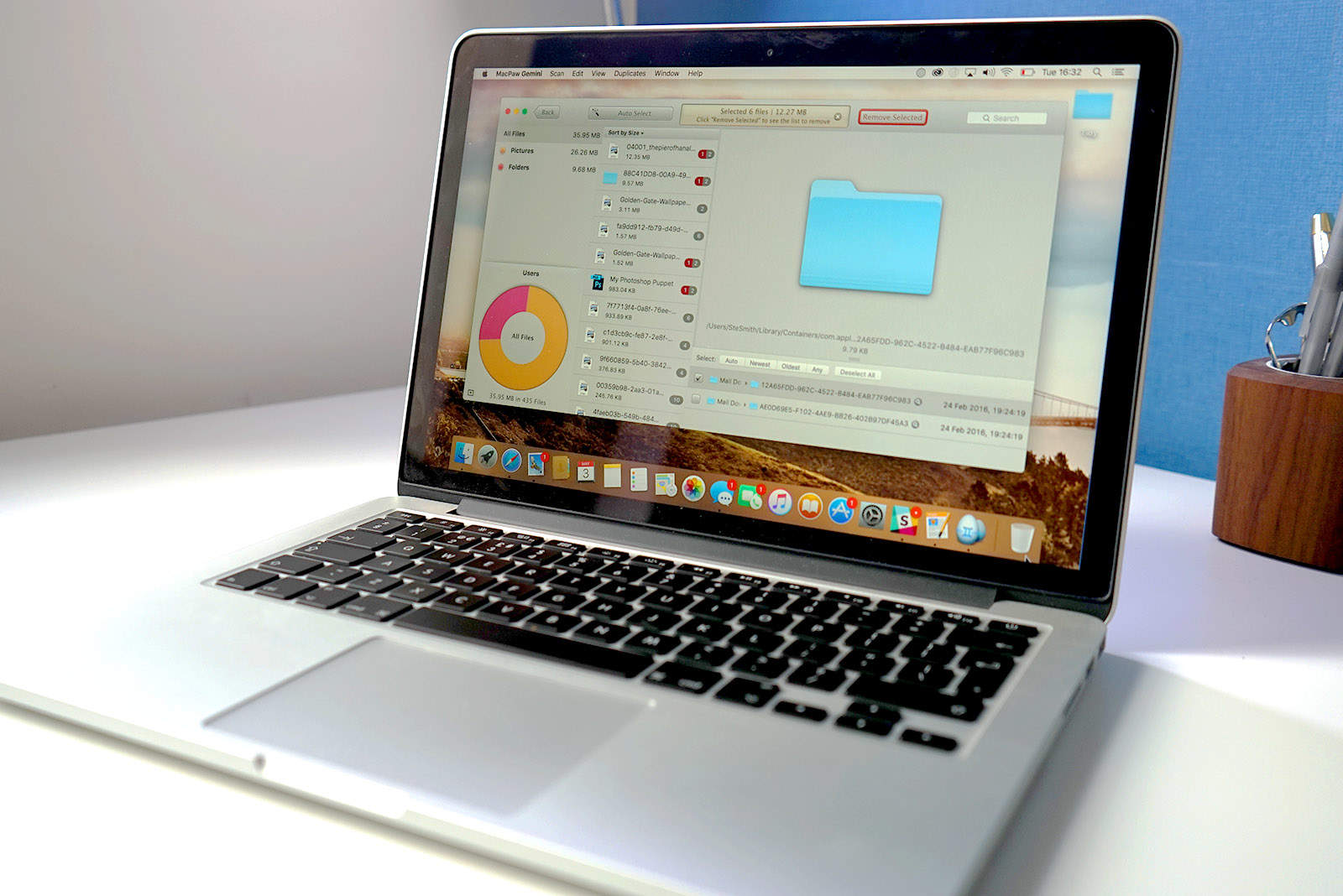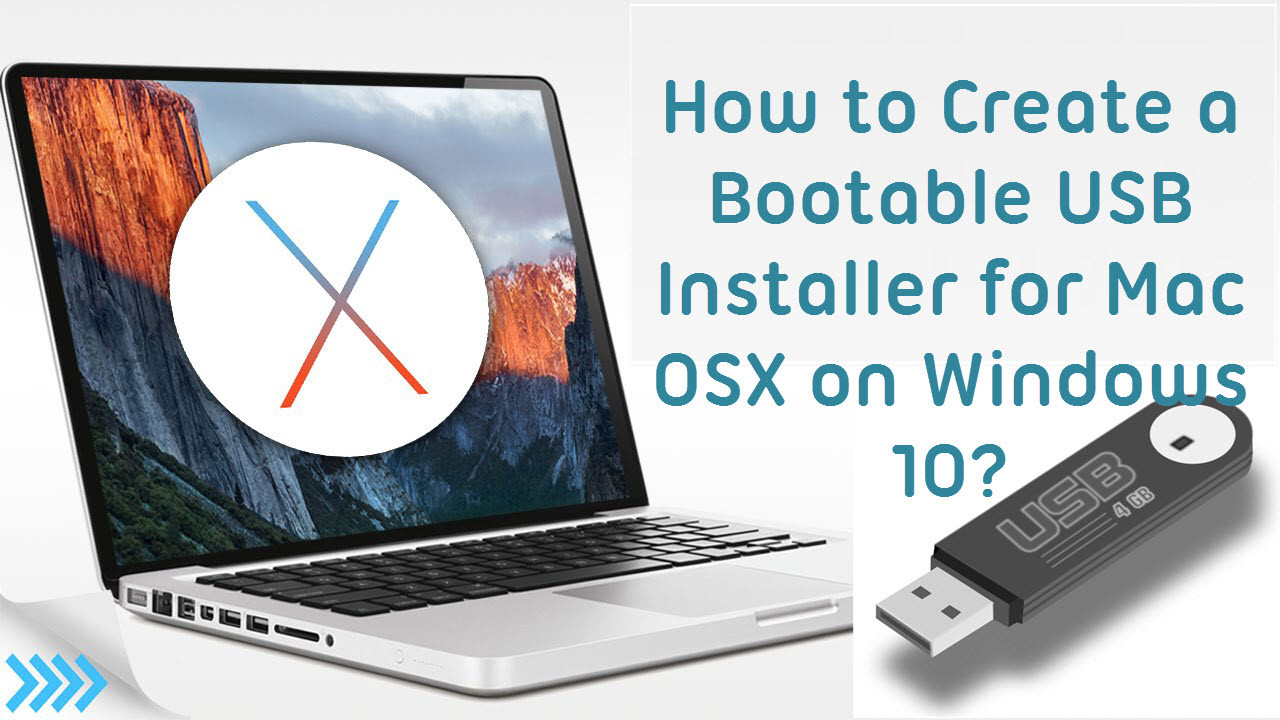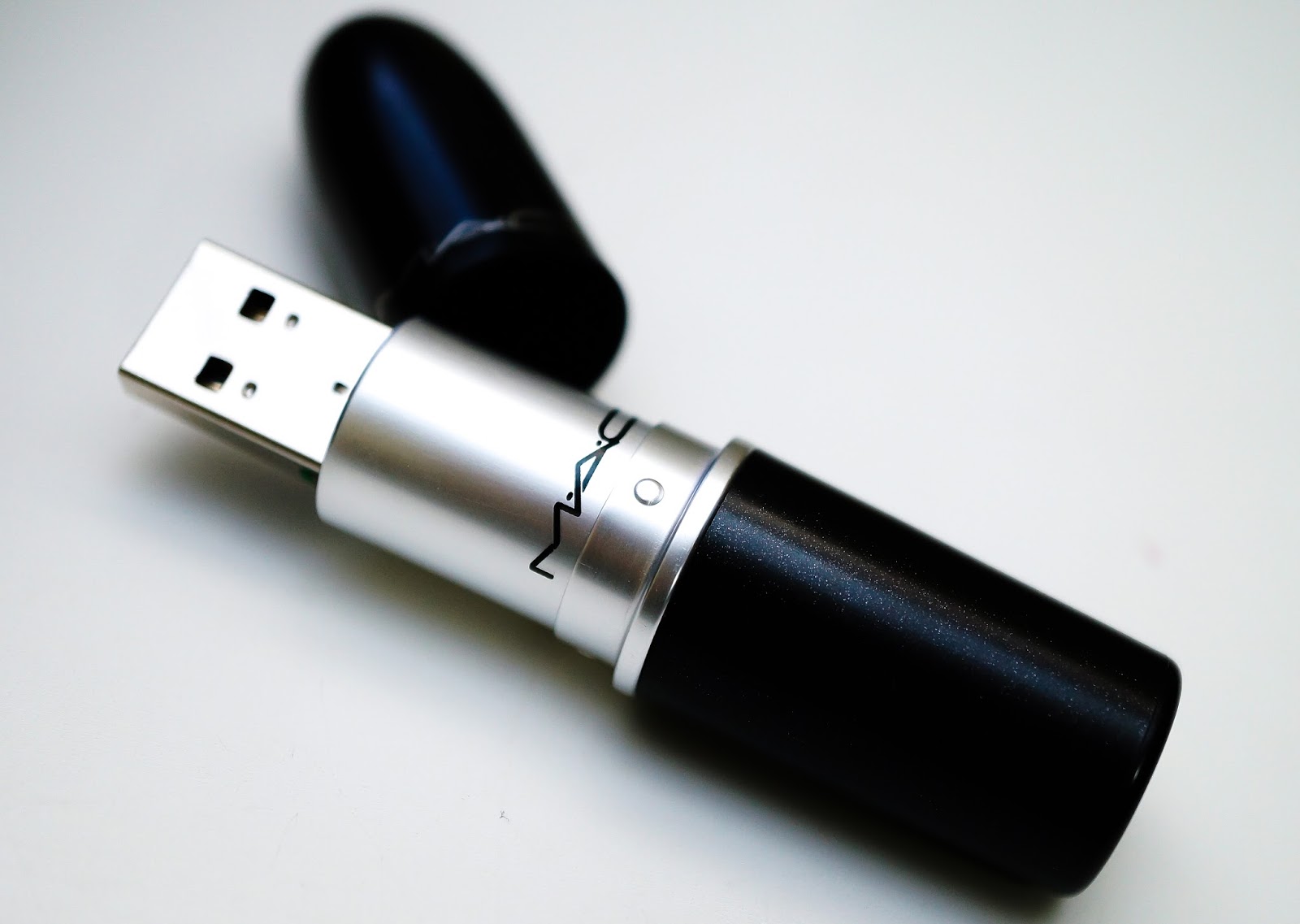

- Mac cleanusbdrive driver#
- Mac cleanusbdrive software#
- Mac cleanusbdrive Bluetooth#
- Mac cleanusbdrive mac#
It will appear to start up as normal, except you’ll see a Safe Boot sign in the top right corner of the window.
Mac cleanusbdrive mac#
You can check if that is the case by starting your Mac in safe mode: restart the computer and, while it’s booting, press and hold the Shift key.
Mac cleanusbdrive software#
Sometimes the reason for the USB ports not working on Mac is not as serious as a software issue or hardware malfunctions - it can be simply the USB connection colliding with an application. If your Mac has a T2 security chip, release after you see the Apple logo for the second timeĦ.

However, bear in mind that you might lose some of these settings as a result of the reset - you’ll probably have to change your date and time preferences afterwards. Resetting it might help when laptop USB ports are not working. Non-volatile random access memory (NVRAM) serves as a local information storage for things like your time zone, volume, display resolution, or language settings.

If so, you might need to pay closer attention to your Mac’s USB ports. Use the same cable but connect your device to another Mac or other type of computer and see if it works. You can also try a different computer to isolate the problem.

Mac cleanusbdrive driver#
It might require additional software or driver updates to be compatible with the current macOS version. Tip: alternatively, you may check the external device compatibility on the manufacturer’s official website. Connected successfully? Great, your Mac is fine (sadly, your USB device is not).
Mac cleanusbdrive Bluetooth#
As you might do if your Bluetooth isn't working, you can try connecting another Mac device instead. Sometimes, the USB device itself is the root of the problem, which has nothing to do with Mac hardware. That’s because certain drives need more power than others, and therefore they require cables that can provide that. If you’re trying to connect your Mac to an external hard drive, you may find that some cables work better than others. Next, ensure that the cable has sufficient power to supply your device with. If that’s on point, try taking it out and plugging it back in very slowly. Make sure that both ends of the cable fit tightly in their ports. You might think it’s your MacBook USB ports not working, but often the actual problem resides in the cable that connects a device to the computer. Just optimize your Mac regularly to avoid many of these cases in the future.ĭownload MacKeeper and let it do all the dirty work for you! Track app updates, manage login items and control your Mac’s memory - all in one app. If your Mac doesn’t recognize a USB, the actual problem may be poor overall performance. This article will explore why the USB port may not work on your Mac and what to do about it. When a USB port suddenly stops working, it can get really annoying.


 0 kommentar(er)
0 kommentar(er)
